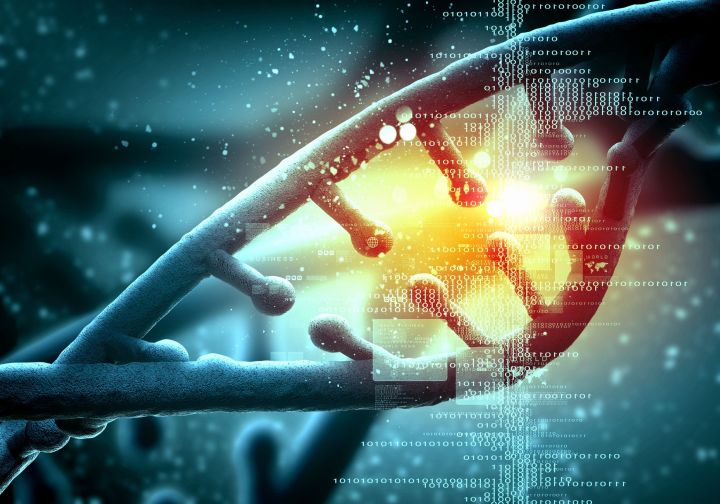
Discovered in the 1980s but only just turned into a remarkable tool for geneticists within the last few years, CRISPR has been celebrated as a game-changer, because scientists can use it to make safe and precise edits to specific places in the genome. The possibilities have seemed practically endless. With CRISPR, scientists can edit drought resistance into plants, edit horns out of cattle, and — maybe someday — edit disease out of human beings.
However, some scientists have decided to approach the new technology with caution.
“As physicians, we are taught the old adage,” Alexander Bassuk, a professor of pediatrics at the University of Iowa, told Digital Trends, “‘No side effect, no effect.’”
What Bassuk means is every treatment is expected to have side effects, no matter how effective that treatment may be.
“CRISPR gene editing is a very promising technology, and we are extremely excited about testing CRISPR therapy,” he said. “We were initially motivated by trying to understand the side effects of CRISPR editing.”
In previous studies, other researchers have demonstrated that CRISPR treatments can result in unintended (or, “off-target”) mutations. However, prior studies haven’t looked for off-target effects in the entire genome, often working within the confines of a test tube and using computer algorithms to predict the unintended mutations, according to Bassuk.
“We know that the computer algorithms are excellent for predicting off-target sites that are very similar to the target site, especially when these sites are tested in a test tube,” he said. “Our approach was different in that we studied gene-edited animals and we looked at every single nucleotide base pair not just those predicted by the current algorithms.”
Bassuk and his team decided to scrutinize the organism’s entire genome. “We decided to look at mice treated with CRISPR gene editing, and to examine every single nucleotide base pair using a new whole genome sequencing method,” he said.
What Bassuk and his co-author Stephen Tsang, associate professor of pathology and cell biology at Columbia University Medical Center, discovered were more than 1,500 single nucleotide mutations and over 100 more significant deletions and insertions in two mice that underwent different gene therapies.
“It is unclear that the method we developed using whole genome sequencing is more time-consuming then predictive algorithms, but at least initially, it may be more expensive,” Bassuk explained. “However, the cost for using our method is decreasing rapidly as prices for sequencing continue to decrease.”
The researchers stills support the use of CRISPR but suggest that scientists use caution moving forward to avoid potentially harmful side effects. They see at least two big scientific take-aways from this study. First, they point to the obvious concern that at least some CRISPR edits result in unintended — and potentially impactful — mutations. Second, current computer algorithms may not be able to consistently predict these off-target mutations in live animals.
A paper detailing the study will be published in an upcoming issue of the journal Nature Methods.


